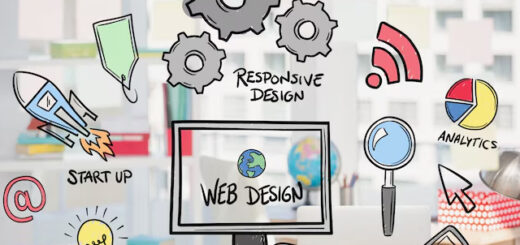How To Sync Social Media With Your Inbound Marketing
Social Media is one of the strongest media nowadays to influence people toward an event, a celebrity or a product. Social media has been used effectively as an integral part of inbound marketing. There are over three billion monthly social media users at different social media platforms like Facebook, Instagram, Twitter, LinkedIn, and a bunch of others. Facebook alone has more than 2.26 billion monthly active users.
The businesses now use social media platforms to share their content, run paid ad campaigns, and engage with their targeted audiences. It provides them with the newest customers and allows them to interact with their customers not only before selling a product or service but also after the sale.
There are Four Phases or Stages of Inbound Marketing
1) Attract 2) Convert 3) Close 4) Delight.
Let’s shed light on them.
1. Attract
The first part of any marketing campaign is to attract potential customers towards your business or a specific product. Social media marketing is the best strategy to attract your ideal customers.
How to attract customers using social media?
Share Relevant Content
Social media is the easiest and powerful medium to interact with your business followers who will become your customers in the future. Try to post updates about your products and business consistently without any break. Once you take a break in your social media campaigns, people start forgetting you. Before making a post, do a little bit research about the relevant keywords and hashtags, and must include them in your shared content. It helps your new customers to find you with ease.
Equip your content with effective short videos about your products, podcasts, infographics, and live videos. Make sure you post has authentic content so you’ll earn the ultimate trust of your followers. Posting ephemeral content is the best way to attract followers. Ephemeral content is the one that is available for a specific time and then wipes off like Facebook stories or Instagram stories. The followers watch it instantly because of the fear of missing it out. You can not only post your product’s updates but also share news and updates from other authentic sources.
Paid Advertisement
According to an estimate, the revenue generated through the social media advertising will be about $15 billion. That clearly indicates that you can grab a huge amount of audience from the social media platforms. Using social media ads, you can reach your target audience based on location, age, interests, etc. Social media ads cover a total of 45% among the top five paid marketing methods. Facebook allows you to configure your paid ad campaign as per your requirements, target market, and ideal customers.
Also read 10 Powerful Tips on Instagram Marketing to Increase Engagement
2. Convert
Once you have attracted the target audience and established a relationship, it’s important to grow that in a long-lasting relationship. Let’s see how to do that.
Share MOFU/BOFU Content
MOFU stands for Middle-of-the-Funnel and BOFU stands for Bottom-of-the-funnel. As you have attracted a lead towards your product, share content specifically pointing the product. Testimonials, case studies, infographics, and facts and figures about the product so the users can make a final decision based on your shared content.
Existing Customers’ Reviews
These days, the majority of the people evaluate your products by visiting the review sites. The customer’s feedback or review is one of the most important aspects that can easily convert an impression into a lead. Along with review sites, the reviews can also be added on your own website, Facebook page, or people may even tweet about them and some bloggers write dedicated posts on their blogs.
Remember, positive reviews increase the users’ trust in your products and services and it is easy to convert those leads into permanent customers who have checked the reviews of old customers.
3. Close
Now, your customers have to make a final decision about your product as you have fed them with enough content. There is a big chance that they will make a purchase and become your customer. In this phase, focus on the following tactics.
Bombard Them with Special Offers
You can easily motivate a lead to make a final decision by promoting special offers. It can also be done through your website, but social media is the best place for that. You can offer an instant discount or a free trial. If your product or service has a monthly payment schedule, you can offer a discount on full-year payment in advance.
Email Signups with Gated Content
Gated content may have white papers, an e-book, videos or articles that can be shared with the leads once they signup. You can use gated content in different ways to click the customers. You’ll also be able to capture the customer’s email for sending them monthly newsletters or future promotions and offers.

Photo by freestocks.org on Unsplash
4. Delight
If you have successfully converted a lead into the customer that doesn’t mean you have done with it. The most important phase starts here as you have to delight your customers now. Remember, happy customers, are your ambassadors and advocates that can bring you some ultimate leads. There are several ways to do that, but the best are:
Social Media Engagement with Your Existing Customers
There are 94% chances that your customers follow you on your social media profiles or pages, so, interacting with them on social media will let you show them how important they are for you and how much you care about your relationship. Social engagement with existing customers can benefit your business indirectly.
Social Groups and Communities
Along with your social media profiles and business pages, you should set up groups for your customers. Facebook and LinkedIn groups are clear examples of that. In a group, you cannot only interact with the customers in a positive way but also promote new products and take their instant feedback.
It is quite important to keep the balance between social media appearance and other marketing tactics along with web hosting solution. Moreover, it should be synced with your whole marketing strategy so that it may play its role in each phase of your campaign.





